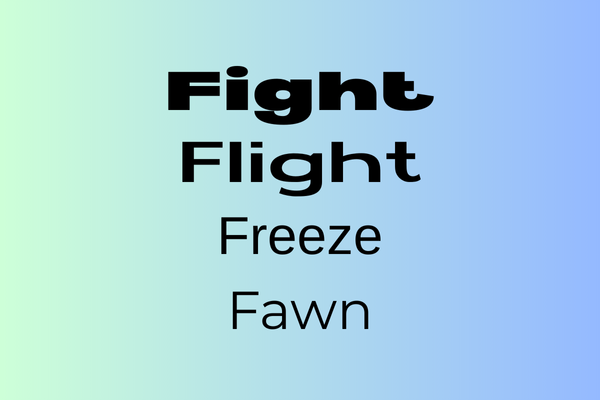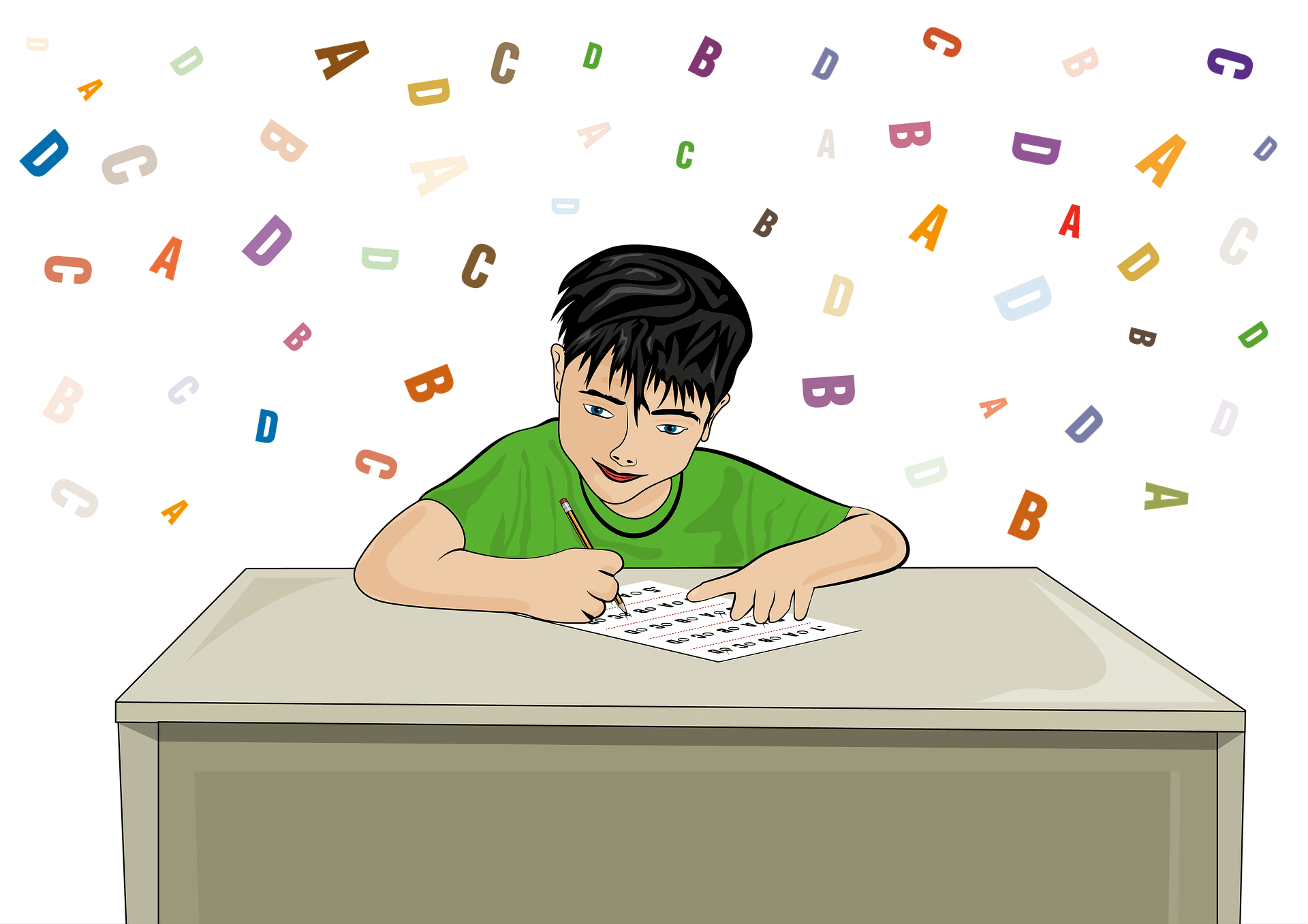Trauma and trauma response
Trauma is typically caused by a survival and/or reproduction-threatening event that the mind sees as dangerous. While daily life problems cause mild levels of distress, a traumatic event typically significantly decreases our odds of survival and reproduction. Traumas are out-of-the-ordinary stressors that have low:
- Expectancy
- Probability
- Controllability1Kira, I. A. (2001). Taxonomy of trauma and trauma assessment. Traumatology, 7(2), 73-86.
Given that our minds and bodies are designed to ensure survival and reproduction, we come neurobiologically prepared to cope with trauma. We have evolved survival-ensuring responses to survival-threatening events.2Baldwin, D. V. (2013). Primitive mechanisms of trauma response: An evolutionary perspective on trauma-related disorders. Neuroscience & Biobehavioral Reviews, 37(8), 1549-1566. Trauma response is how we cope with trauma. It’s a learned response that typically develops in childhood.
Lingering responses
The way we learned to respond to trauma in the past gets carried over to how we respond to trauma-related stress and danger in the future.3Kozlowska, K., Walker, P., McLean, L., & Carrive, P. (2015). Fear and the defense cascade: clinical implications and management. Harvard review of psychiatry, 23(4), 263-287. Thus, our trauma responses play a major role in shaping our personalities. We all have a unique trauma response blueprint that describes how we respond to stressors related to our traumatic experiences.
Trauma response types
Your unique trauma response blueprint is a combination of 4 trauma responses- fight, flight, freeze, and fawn. Depending on how you responded to your traumatic experiences in the past, some of these responses will be strong, others weak.
1. Fight
The fight-trauma response occurs when an individual tackles a danger head-on. They believe they can reach safety by overpowering the source of their danger.
2. Flight
The flight response involves feeling the source of danger. If you can’t fight, the next best option may be to flee.
3. Freeze
When both the fight and flight responses seem unfeasible in the moment, the individual is frozen with fear so they can better assess the situation. After a period of freezing, they may choose between fight or flight.
4. Fawn
The fawn response is being submissive to your aggressor. Being submissive to your aggressor makes them less likely to harm you. This is often seen in the animal kingdom, where conflicts are avoided by showing submissive behaviors.
This quiz gives you an idea of how your trauma response blueprint, indicating your dominant and weak trauma responses. It’s not meant to be a diagnosis.







